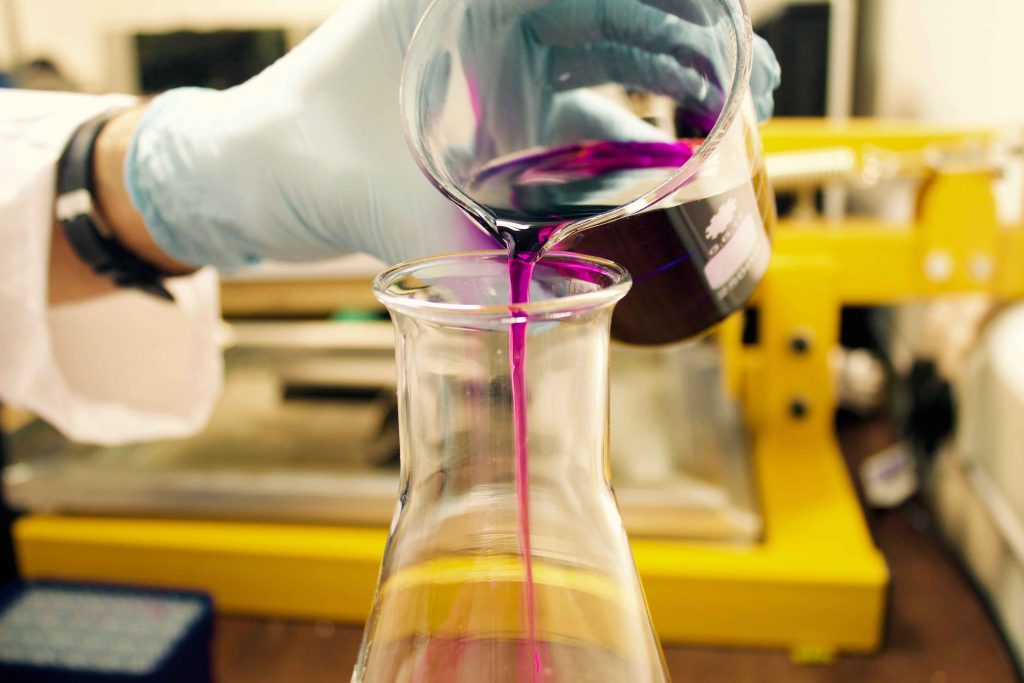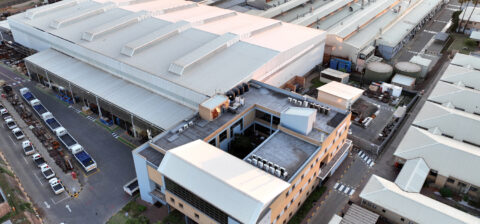Sunday Times Supply Chain
The Chemicals Between Us
Humans have used chemicals to enhance our surroundings and productivity for thousands of years, from prehistoric artists blending pigments for cave paintings, to mixing alloys for bronze, to collecting urine in London for dye-making, seen by some as the earliest example of the Industrial Revolution.
The modern world is a chemical world, and the resilience of chemical supply chains directly impacts its progress and well-being. As with many other industries, this one has come into sharp focus during the pandemic.
“As the global economy recovers, the pandemic is increasingly perceived as being a facilitator for resilient and robust supply chains,” wrote Marc Münch, director at PricewaterhouseCoopers, in a 2020 report. “More than any other stress test, COVID-19 has exposed the vulnerabilities and weaknesses in today’s chemical supply chains.”
Vulnerabilities occurred along the entire chemical value chain, according to PwC. Plant shutdowns and bankruptcies rattled tier two suppliers, which produce raw chemical ingredients. Tier one producers further downstream ran into supply problems caused by inadequate supply chain visibility and planning. Consequently, producers and distributors experienced fragile networks and limited flexibility due to unstable and unreliable demand.
The impact of these disruptions is very real. Oxford Economics values the chemical sector’s contribution to global GDP at R85.9-trillion, supporting 1.9 million jobs. In South Africa, the sector contributes 5 per cent of GDP and represents around 20 per cent of manufacturing, according to the Industrial Development Corporation of South Africa. Thus, modernising the chemical supply chain has genuine consequences for growth and prosperity, not to mention environmentalism and sustainability.
Modernising chemicals
What do we mean by modernising chemicals? An Accenture report articulates it as such: “The supply chain of the future in the chemical industry will be self-driving, self-manoeuvring and self-correcting, resulting in a seamless fulfilment capability that delivers chemicals at the right time, to the right place and with the right quality – without manual human interaction.”
Some local chemical manufacturers were sensitive to these trends even before the pandemic.
Jacques de Villiers, general manager of supply chain at Omnia Group, notes that focusing on localising supply to service customers helped to reduce carbon footprint and waste, and eliminated duplication of effort.
Yet problems predating the pandemic have urged South Africa’s chemical sector into further action. Challenges such as load shedding and rail freighting conditions have made it clear that established chemical value chains aren’t as reliable as they may seem. The past two years have added even more pressure, bringing home the point that supply chains need to be adaptable and flexible.
“The challenges and constraints we faced over the past two years have changed the way we think about previously ‘fixed’ solutions to a broader, more holistic view of our footprint,” says De Villiers. “We believe in leveraging capabilities and knowledge across the Omnia Group and our network of supply chains. This requires developing people through cross-functional collaboration and leading practice capability. Continuous improvement and agility are important for resilient supply chain practices.”
A new centre
Concepts such as agility and continuous improvement don’t function well if supply chain strategies focus solely on product and procurement. Guidance for the sector increasingly calls for customer-centricity, a concept that uses customer behaviour and demand as the primary feedback points for building strategy.
But customer-centricity isn’t about pandering to every client. Rather, it’s a culture that leverages analytics and other data-driven technologies to enhance predictive customer-demand forecasting, inventory optimisation, and integrated and effective supply planning through data and systems intelligence.
It works very well, De Villiers concludes: “The foresight that this provides enables us to respond quickly to changing environments and ensure that alternative options to critical supply are available.”
The future of effective, efficient and digitised chemical supply chains won’t primarily arrive out of necessity, but through vision. The manufacturers that pursue their modernisation vision will become the sector’s leaders.





